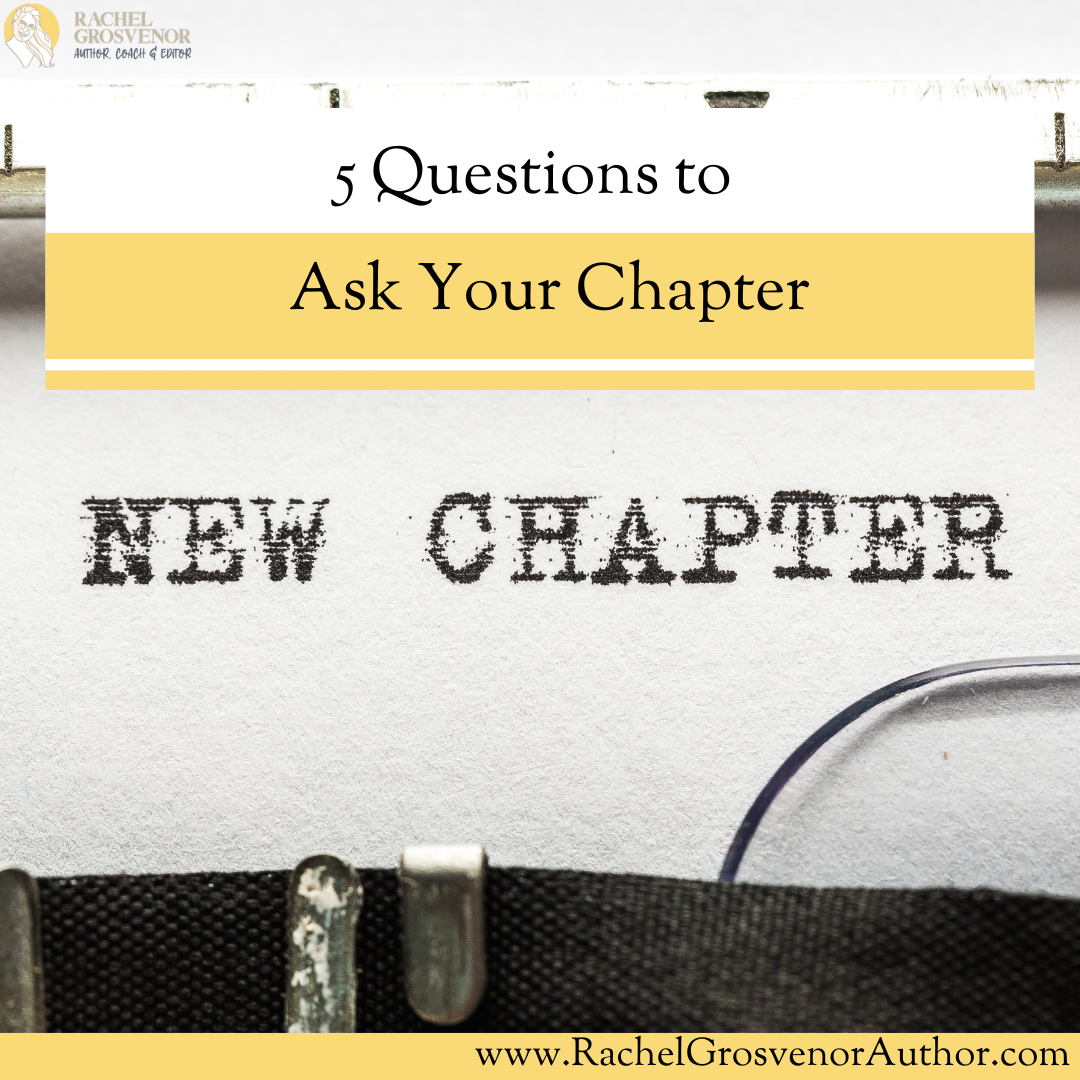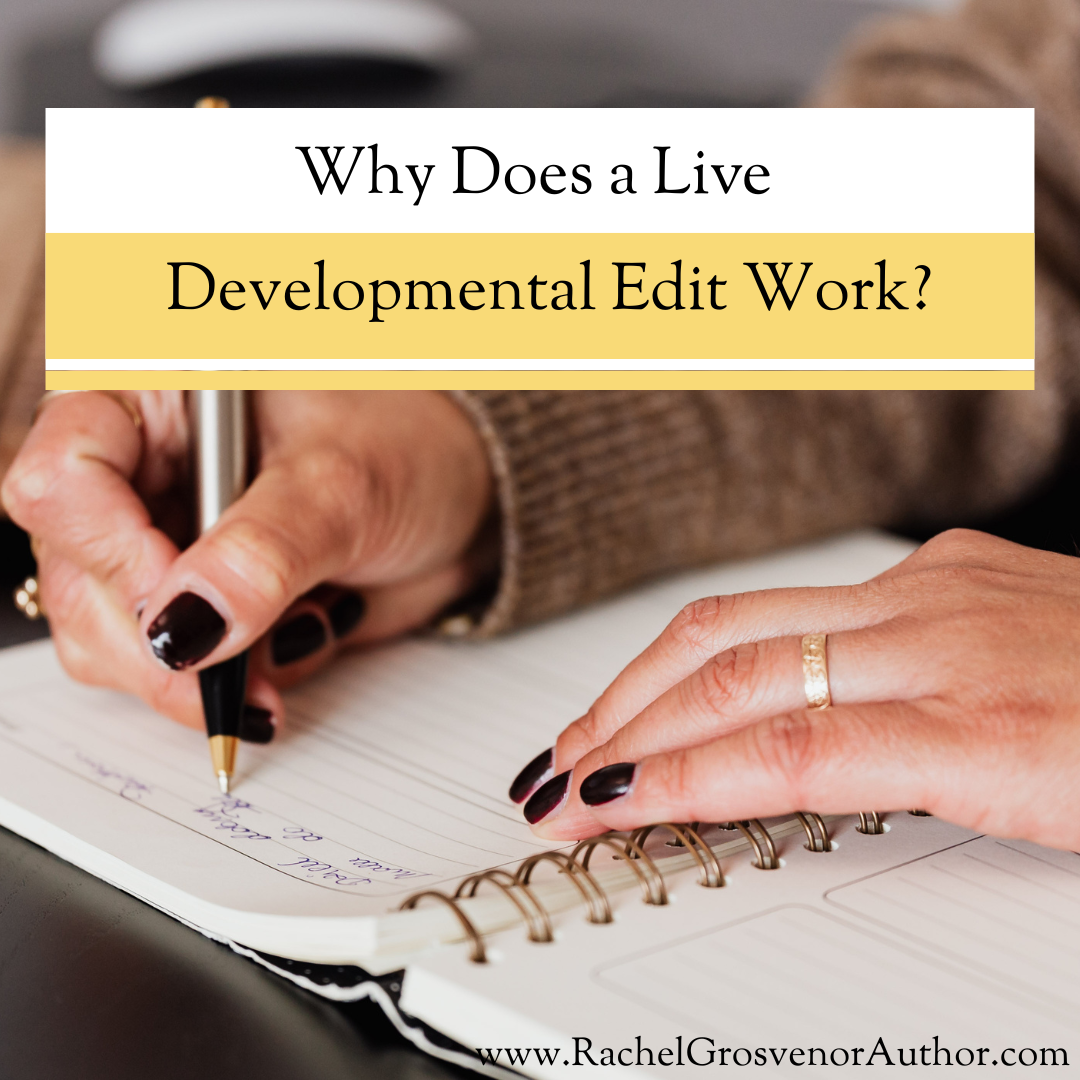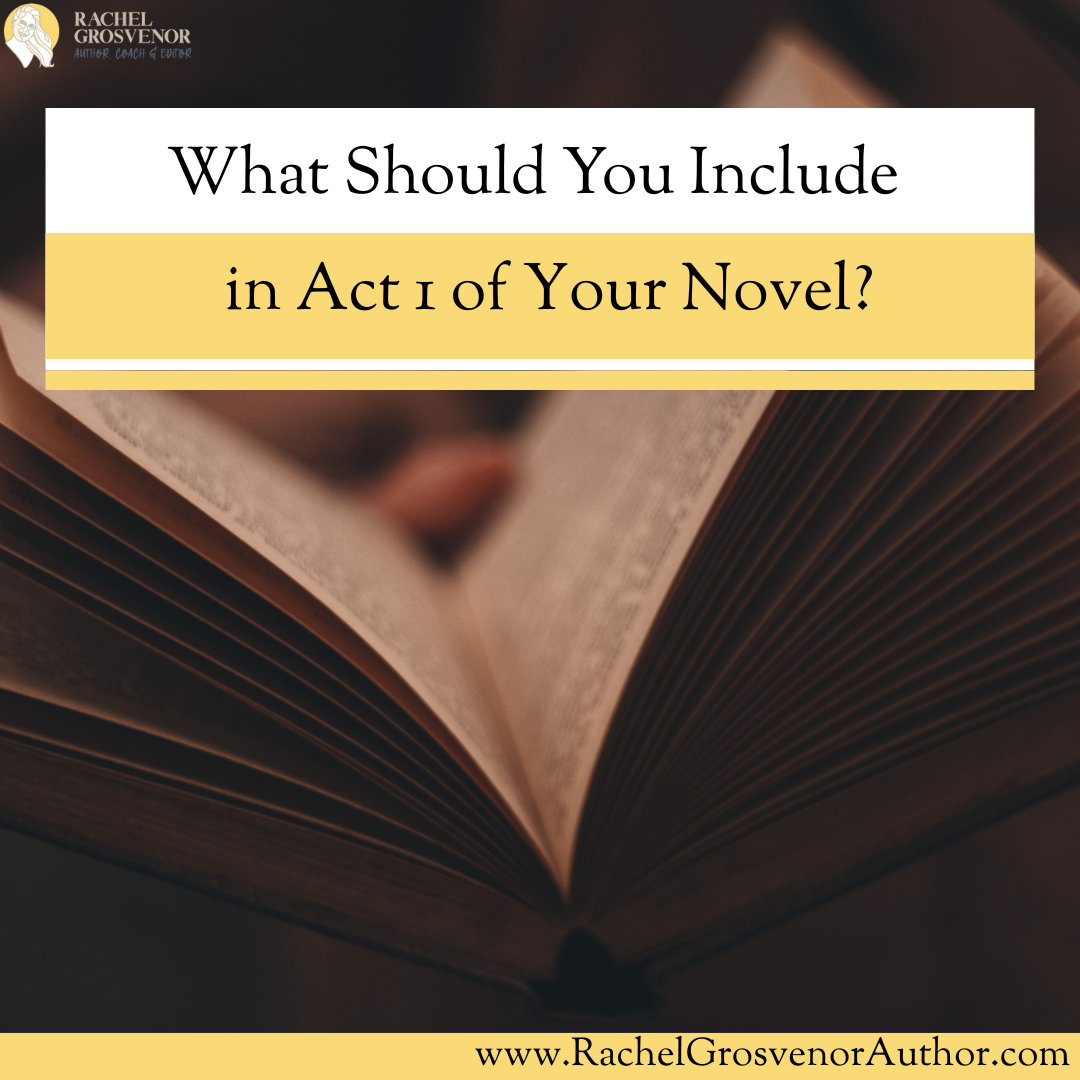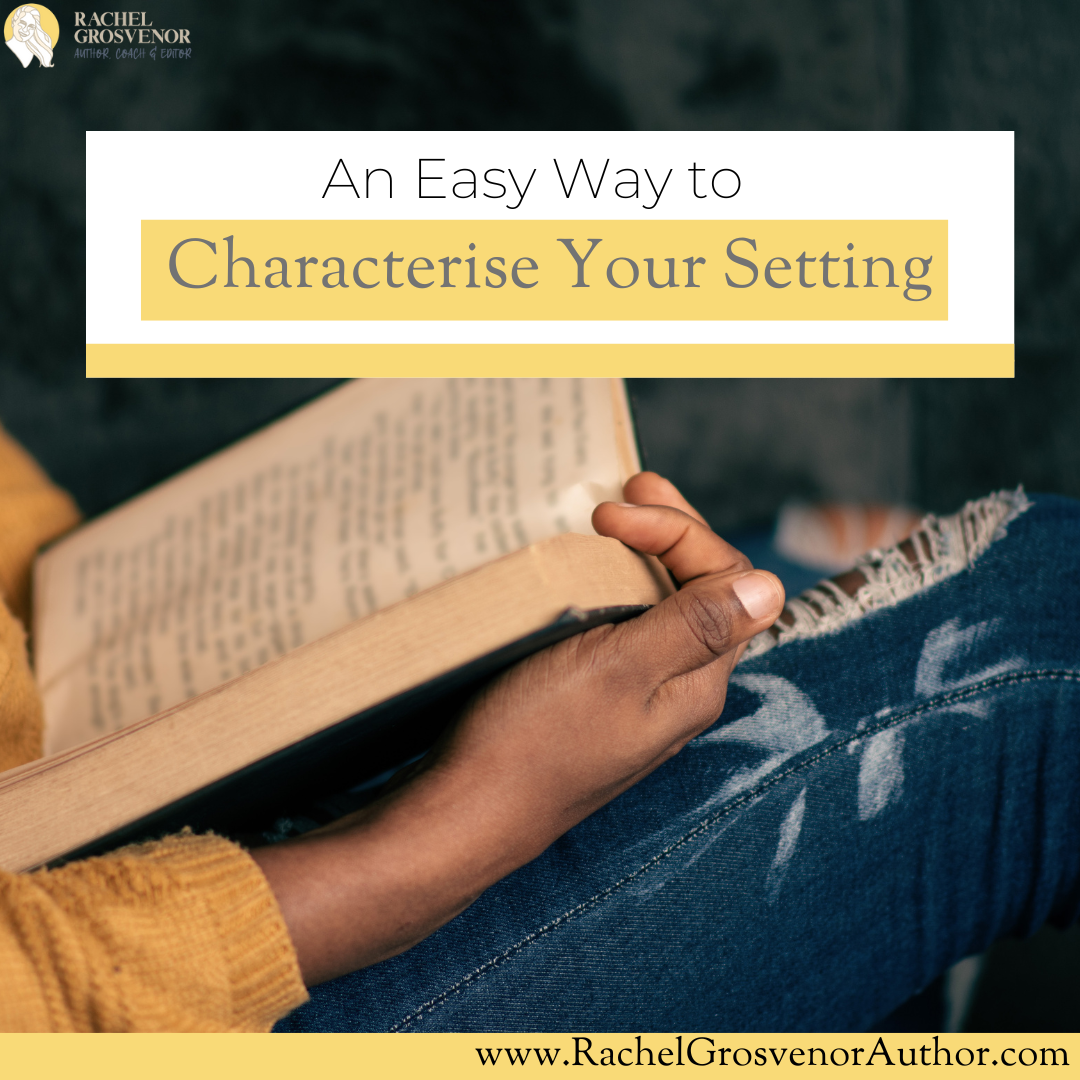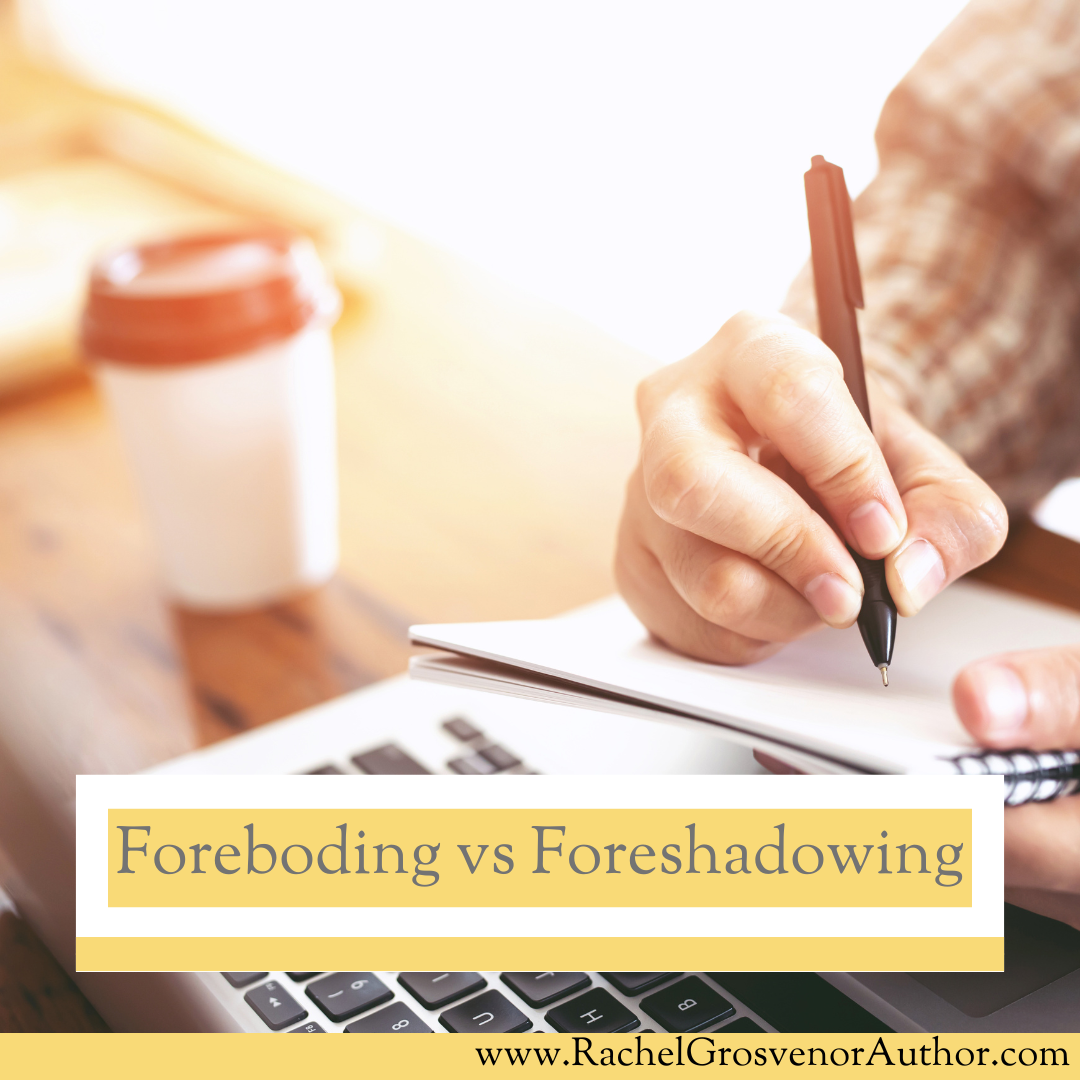Are you taking part in National Novel Writing Month (NaNoWriMo)? If so, now is the time to think about your story outline.
Whether you are a plotter, a pantser or a plantser, it can be confusing knowing which story outline might work best for you. After all, there seem to be plenty of books out there suggesting different ways of plotting your novel. So, let’s dig a little deeper into the options so that you can make a creative decision! I’m going to outline five methods because there are a lot, but these are the ones that I believe are most common (based on empirical observation).
Your Story Outline Options:
The Save the Cat Method (click here for a link)
Now then, this is a detailed plan and method, and if the following resonates with you and you feel excited about it, I would strongly recommend borrowing / buying the book, which will help you through the process.
Jessica Brody breaks this method into fifteen ‘beats’ or plot points, as follows:
1: Opening Image. (0-1)%
Who your character is, and what their life is currently like.
2: Theme Stated (5%)
A suggestion of what the main character’s journey will be.
3: Setup (1% – 10%)
Exploring the main character’s current life and issues.
4 – Catalyst (10%)
A life-changing event.
5: Debate (10% to 20%)
Reaction to the life-changing event.
6: Break Into 2 (20%)
A change, perhaps leaving for a journey, a decision to try something new, etc.
7: B Story (22%)
Intro to a secondary character.
8: Fun and Games (20% to 50%)
Seeing the hero in the new world – succeeding or failing.
9: Midpoint (50%)
A false victory and a plot twist.
10: Bad Guys Close In (50% to 75%)
Things look like they’re getting better for the main character, but the baddies are still coming.
11: All Is Lost (75%)
The lowest point of the novel, something terrible happens.
12: Dark Night of the Soul (75% to 80%)
The darkest hour for the main character.
13: The Break Into 3 (80%)
The character sees how they can move forward.
14: The Finale (80% to 99%)
The main character saves the world / comes out of the other side of their struggle.
15: Final Image (99% to 100%)
How the journey has changed the main character’s life.
As you can see, this is an in-depth plot outline that gives you the opportunity to create a novel with a tight narrative structure.
The Three-Act Method
Oh, it’s a classic, and one that I enjoy. This story outline involves breaking your plot down into (you guessed it) three acts. Honestly, I like it for its joyful simplicity and flexibility. It’s also the method we are taught at a very young age – beginning, middle, and end. It is also sometimes called:
Set-Up:
Setting up the world of your characters, including exposition, world-building, and a problem for your main character.
Confrontation:
The rising action leads to the midpoint and ultimately something similar to ‘The Dark Night of the Soul’.
Resolution:
The climax and fallout of this, the resolution of the tale.
Within these confines, you will see that there is a similar language to the Save the Cat Method…and actually, that’s true of a lot of plotting and story outline methods. They do share a language and often similar methodology. However, the three-act structure can be more flexible than other structures because it can be as detailed as you like. So, if you’re not someone who loves to plot but you like a brief outline, you can break your story idea into Set-Up, Confrontation, and Resolution without going into specifics.
The Snowflake Method
Randy Ingermanson created this method, and it is laid out as follows:
1: Write a one-sentence summary of your book.
2: Write a paragraph-long summary.
3: Write down each main character, including Name, storyline, goal, conflict and revelation.
4: Turn every sentence of your paragraph-long summary into its own paragraph.
5: Use your character information to create more detailed character sheets.
6: Expand each paragraph into an individual scene.
7: Write!
Randy does go into detail about a step that he no longer takes, and also recommends using an excel spreadsheet. You can find more information on this method here, so if this brief description has you shouting ‘Yes! That’s my method!’ Check it out.
Freytag’s Pyramid
Another classic and useful if you’re struggling to get a full picture of your storyline. In fact, I usually use this and the three-act method to create a plan that works for me. This one is one that you have probably seen before. It’s the shape of a pyramid, with the peak being the climax. This is broken down into the following steps:
Exposition
Rising Action
Climax
Falling Action
Resolution
As far as outlining methods go, I find this useful as, similar to the three-act method, you can make it as detailed as you please. The flexibility in this works for me personally.
The Synopsis Method
For those who don’t enjoy plotting, this method is excellent. This is essentially writing down the story before you’ve written the story! Usually, we write the synopsis at the end of writing our novel, but this method turns that idea on its head and asks you to summarise the novel before writing it.
So there you have it, a brief dive into five story outlines. Which would work best for you? That’s for you to decide!
Was this post helpful? Share it with another writer!
Unsure which is best for you, but know you want to start plotting? That’s okay, get in touch today, and we can have a chat about it. Investigation into your writing process is always worthwhile. I also teach my favourite forms of plotting in my novel writing masterclass, and take you through the steps using a story you know well. So, if you’re looking for some extra plotting help, that’s a great place to start.
Are you looking for a similar read?
Online Writing Tools That Can Help You Write Your Novel
5 Books on Writing That Will Improve Your Craft




